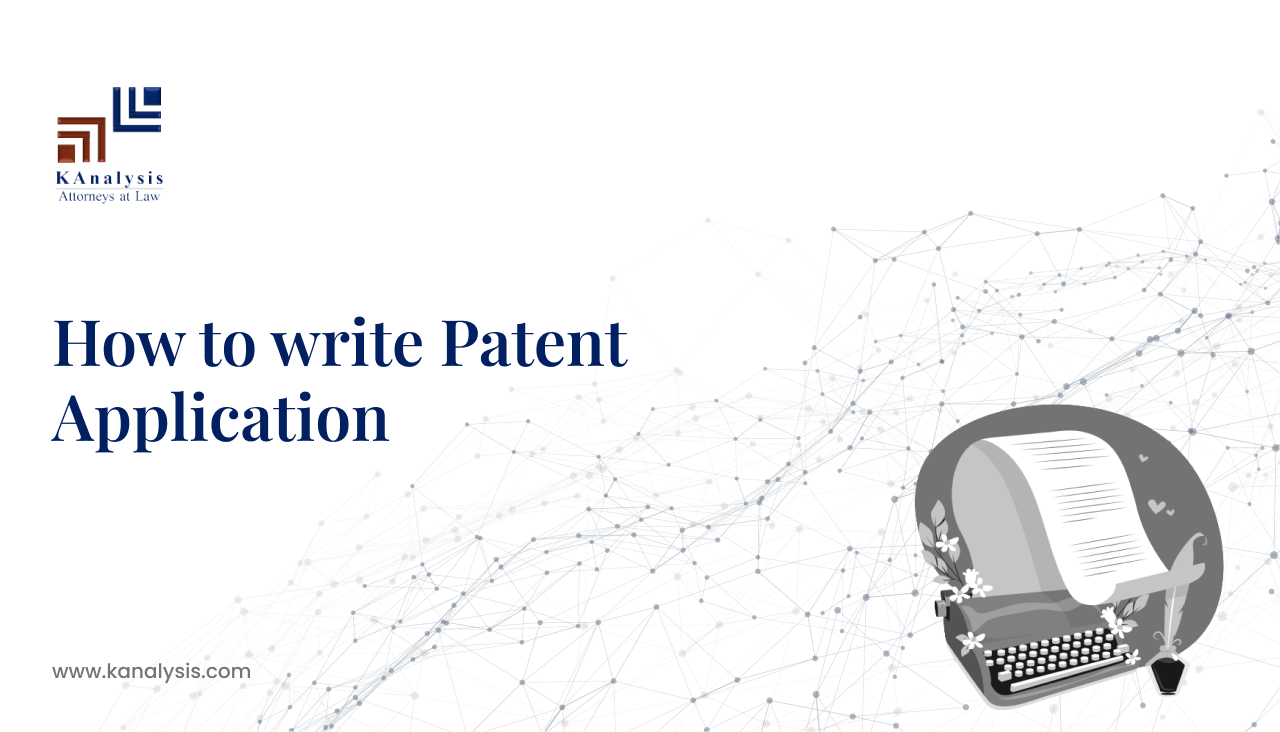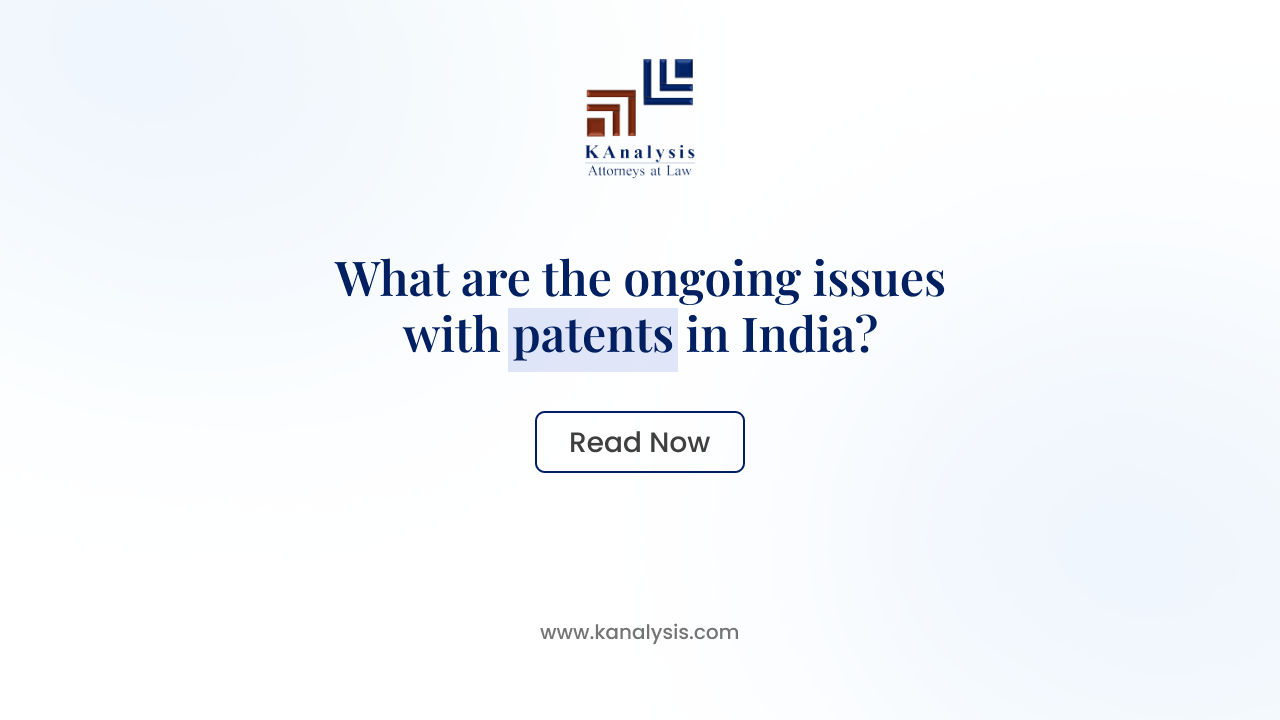A patent is a type of intellectual property that gives its owner the legal right to exclude others from making, using, or selling an invention for a limited period of time in exchange for publishing an enabling disclosure of the invention.
Patents give a much-needed competitive edge in the market. It prevents other organizations from copying the invention, thereby lowering the risk of competitors in the market.
Importance of Patent Rights:
1. Exclusive rights
The foremost advantage of obtaining a patent is that it gives exclusive rights to the inventor. In other words, it keeps the infringers at bay and prevents them from selling, making, or marketing the invention. Moreover, it also enables the patent owner to tackle such infringers legally.
2. High return on investments
Having invested a considerable amount of time and money in developing the invention under the umbrella of exclusive rights, the inventor could bring the invention to the commercial market and thus obtain higher returns on the investment.One such successful example is IBM (International Business Machines Corporation), which takes up patenting its innovations quite sincerely.
3. Strong market position
Since the inventor has obtained the exclusive right to the invention, the inventor can exercise this right by preventing others from commercially using the patented invention, thereby reducing the competition and thus establishing a place in the commercial market.
4. Sense of ownership
Patents give the inventor the security and confidence to share their invention in public domains. You can share your invention with the scientific community and investors without any fear of losing ownership of your invention.
5. Opportunity to License or Sell the Invention:
Sometimes, the inventor might not want to exploit the invention himself. In such cases, the inventor can sell or license the rights to commercialize it to another enterprise. This would result in bringing royalty and revenue to the inventor.
6. Patents as assets
Patents are intangible assets that improve the value of an organization. It showcases your expertise in the domain and your dedication to the invention. This builds confidence among investors, partners, and consumers in your invention, thus, attracting more funds and revenue for the organization.
7. Source of revenue
Inventors can use patents to establish their businesses. Sometimes, inventors cannot commercialize the invention on a large scale. In such cases, they can permit any third party to manufacture, sell and market the product and avail of a licensing fee. Thus, patents ensure the inventor earns revenue for their efforts.
8. Benefits to the society
An invention is likely to benefit society as a whole by creating several employment opportunities after its commercialization. Patents bring down the wall of secrecy on the invention, making it available to the public. This would enable other researchers to gain access to the invention. Furthermore, it inspires and encourages further research and development, paving the way for better designs and products.
PATENT DRAFTING
Patent drafting is the first step to protecting a great idea. Patent drafting is a part of how to patent an idea and is the process of writing the patent description and claims. It is at the core of every patent application. When the patent is issued or allowed, the draft serves as the specification part of the document.
A patent draft is a technical document presented in a legal format that has two primary functions:
(a) establish novelty:
The novelty of an invention is determined prior art search on databases including:
- Patent lens
- Google patent
- USPTO search database
- IPO search database
- Pubmed, etc.
(b) establish inventive step or non-obviousness of an invention.
The inventiveness of a mechanical invention can be determined by setting up problem-solution statement and comparing it with the existing art and creating a claim strategy.
PARTS OF PATENT SPECIFICATION
1.Title of the invention.
The title should describe the topic and list the unique characteristics of the invention (word limit – fifteen)
2. Field of The Invention
A statement as to the field to which the invention relates.
3. Background of the Invention
The background should clearly indicate (a) the problem to be solved, and (b) state of the art technology (Prior Art). The indication must highlight development in the field, patents, scientific literature etc
This section illustrates the broad and narrow fields that the invention’s subject matter falls under. The examiner can choose which search fields to look into to locate related published technologies, if any, based on the field of invention. In order to establish the subject matter to which the invention is related, this section of the specification should preferably begin with a broad declaration on innovation.
4.Object(S) Of the Invention – The object of the invention should clearly bring out the:
- necessity of the invention.
- clearly mention the technical problems associated with the existing technology and the solution for that, bringing out the differences between the claimed invention and the prior art; and
- the solution sought by the invention should be clearly brought out as object(s) of inventions.
5. Summary
Summary provides a general overview of the innovation, including its nature, goal, composition, and operation. Most crucially, the claimed invention’s description should appear before its summary. The summary also briefly touches on the fixes for the issues discussed in the background section.
6. Brief Description of Drawings
Though not mandatory, patent applications often include drawings/flowcharts/figures to visually describe the invention, helping examiner to understand the innovation better. So, this section presents a brief overview of the drawings. As per the guidelines of the USPTO, the figures should be clean black-and-white line drawings that accurately illustrate the invention.
7.Detailed Description
A thorough picture of the invention should be supplied because the major goal of the detailed description is to allow a person experienced in the field to put the invention into practise without further experimentation.
Completely and specifically describe the apparatus, system, or device using drawings (reference to the drawings), describing every component and their connections, as well as the best method for carrying out the invention.
8.Abstract
An abstract that provides technical details regarding the invention is included in the full patent specification. In essence, it’s an overview of the subject matter covered by the patent specification. No more than 150 words should be used for the abstract.
9.Claims
The claims portion of a patent application is, to say the very least, the most important section. This is so that they can decide whether an innovation qualifies for patent protection. The scope of the innovation for which protection is sought is spelled forth in the claims. Claims should address crucial elements of the invention, like novelty. This part should be prepared in a way that gives the invention the broadest protection and coverage possible, while still remaining new and inventive in light of the field’s state-of-the-art.
HOW TO WRITE CLAIM(S)
A Claim usually consists of three parts: Preamble, Transitional phrase; and Body.
Format: A claim starts with, I / We Claim (as applicable)
A Claim usually consists of three parts: (a) Preamble, (b) Transitional phrase; and (c) Body.
(a) Preamble:
The preamble identifies the category of the invention e.g., an apparatus, device, article,
composition, a method or process. It should be kept consistent with the title of the
invention and it should recite an object of the invention .(b) Transition Phase: The transition phrase may be words and phrases such as:
– comprising of
– including
– consisting of
– consisting essentially of
If the invention is an improvement on a product or a process existing in the prior art, the invention should be distinguished very clearly by characterizing the claim with the claim will have two parts separated by the word ‗characterized by ‘or ‗wherein ‘. The part coming before ‗characterized by ‘is the prior art while that comes after will be the features of the invention.
(c) Body:
The body of the claim must recite the element’s limitations of the claim. It explains how the different elements exist in relationship to one another.
CLAIM SETS
There are two types of claim sets namely independent claim set and dependent claim set.
The independent claim is the broadest and stand-alone claim and does not need a limitation from another claim in order to be complete. The patent application may have more than one independent claim
The dependent claim depends on another either an independent claim or dependent claim. The dependent claim must not extend the scope of the scope of protection of the invention defined in the independent claim.
Conclusion
A patent specification, although it covers technical subject matter, is a legal document. Writing a high-quality patent application is important because it sets out the terms by which the patent owner and others will be bound. In this sense it is different from writing a scientific paper. The patent application will be reviewed over the years by public officials such as patent examiners, judges, and business partners. The patent attorney should therefore be drafting the application with these important audiences in mind, all the while considering the rules and requirements of each major jurisdiction in which the patent application will be filed and ensuring that is meets the legal tests in those jurisdictions.
An inventor with a patent has the sole right to prevent others from creating, utilising, selling, or acquiring their invention or an idea. Patents are not drafted with the lay person in mind. They are usually aimed at either a technical person or a patent examiner – people who know the technical field and understand the technical terms, and often understand the writing style of a patent specification. The attorney must therefore put themselves into the position of that skilled person and draft the specification accordingly. There is a great responsibility in the choice of words that is used, as the difference between one word and another in the drafting of a patent claim can mean the difference between a valuable and a voidable patent.
It is critical to have an understanding of the Applicant’s commercial objectives prior to drafting the specification. Understanding these objectives will inform how the specification is drafted, and especially the claims. For example, understanding whether the claims should be directed to the apparatus, the method, the use of it in certain circumstances, or a kit of parts, a system, a composition of matter, or combinations of these. It can also be important to protect the ‘supply chain’. For example, the upstream supplier of a part supplied to for the invention, and the downstream user (i.e., to capture the context of its use, how is it used, and how it might it be modified, etc.). The attorney needs to think like a potential competitor trying to avoid the patent and draft the claims to avoid this situation. Also, if possible, claims should cover competing products, and therefore the attorney should understand what competitors are doing in the marketplace, or what they may do. Further, claim 1 must have no inessential features—if it does, a competitor could simply copy claim 1 without that inessential feature and would not infringe the patent. A patent attorney must be creative in order to obtain the maximum possible protection for its client.
Subscribe to our monthly newsletter here and read all our blogs here


